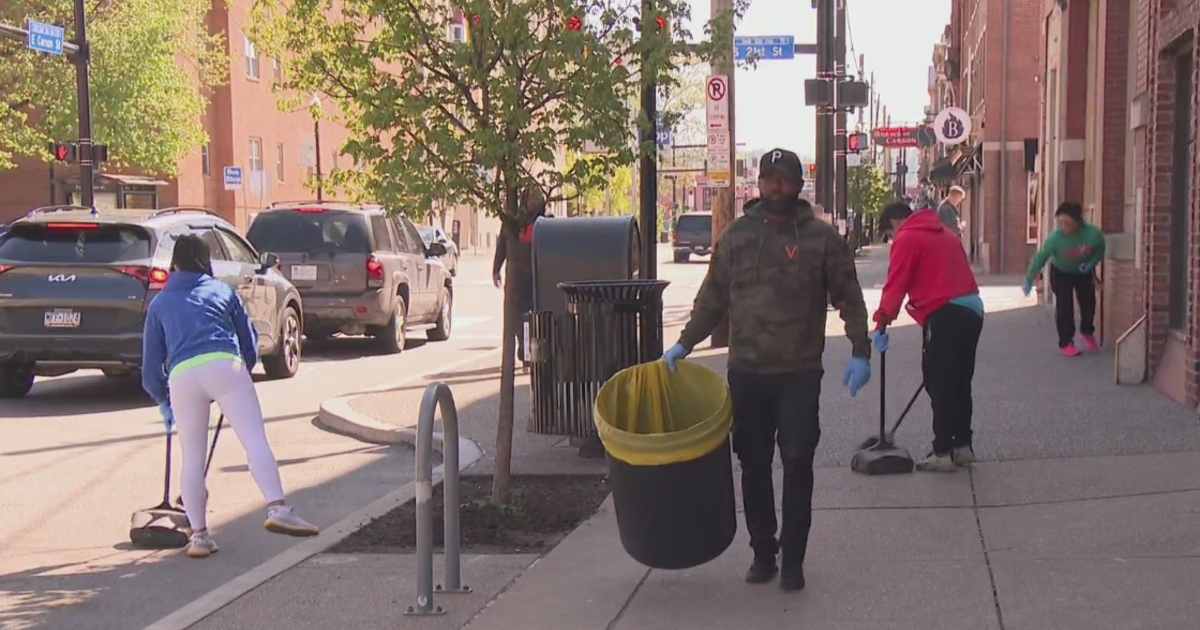Experts: Runoff From Abandoned Mines Is Killing Pa.'s Waterways
PITTSBURGH (KDKA) - Every time we have a heavy rain in Monroeville, a foul and mysterious liquid spills out of a culvert and collects in an ominous pool of foam and unnatural blue. Then, it flows into a once pristine stream through Wilkins Township and Turtle Creek and into the Mon River.
"Years ago, it was really pretty, clear, clean. As a matter of fact, my mother grew up down the stream. She used to swim in it," Barbara Szostak said.
KDKA-TV's Andy Sheehan took a sample of the water to Carnegie Mellon University for testing.
At CMU, they ran lab tests and found that what's in there is not so mysterious after all.
It's aluminum hydroxide.
Dissolved aluminum -- a common form of acid mine runoff. Even though it's common, CMU's Dave Dzombak said it's no less deadly to waterways throughout the state.
"It's the largest water quality problem in Pennsylvania by a mile," Dzombak said.
Pennsylvania is home to hundreds of abandoned coal mines, which fill with water in heavy rain and then leach or spill into our rivers and stream. They usually carry quantities of reddish-orange iron or a blue and white form of aluminum.
All are deadly to waterways by coating the creek floor and clogging the gills of fish.
The State Department of Environmental Protection estimated that more than 5,000 miles of streams have been polluted and or destroyed by acid mine drainage - posing the single largest threat to our drinking water, fish, wildlife and the natural beauty of our state.
But, there are ways to treat mine runoff and bring streams back to life.
In St. Michael, Cambria County, the water is pumped from the mine and run though filtration pools before emptying into Topper Run and the Little Conemaugh Creek, which has come back with trout and other aquatic life.
"A little of the metal discharge here, but essentially it's treated and clean up and getting into Topper Run and improving downstream," John Stefanko, of the State Department of Environmental Protection, said.
While the state completed 216 smaller mine treatment programs last year with a cost of about $47 million, there are thousands of discharges that go untreated with a price tag estimated in the billions.
"The impact of mine drainage is widespread. It's been with us a long time and it will be with us a long time into the future and our challenges is to come up with new approaches for capturing and treating the discharges," Dzombak said.
While the plant is treating more than 8,000 gallons a minute 24/7, it's just a drop in the bucket compared to the size of the problem -- a problem that going to take a whole lot more of our resolve to remedy.
Join The Conversation On The KDKA Facebook Page
Stay Up To Date, Follow KDKA On Twitter



